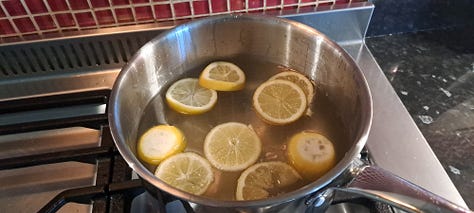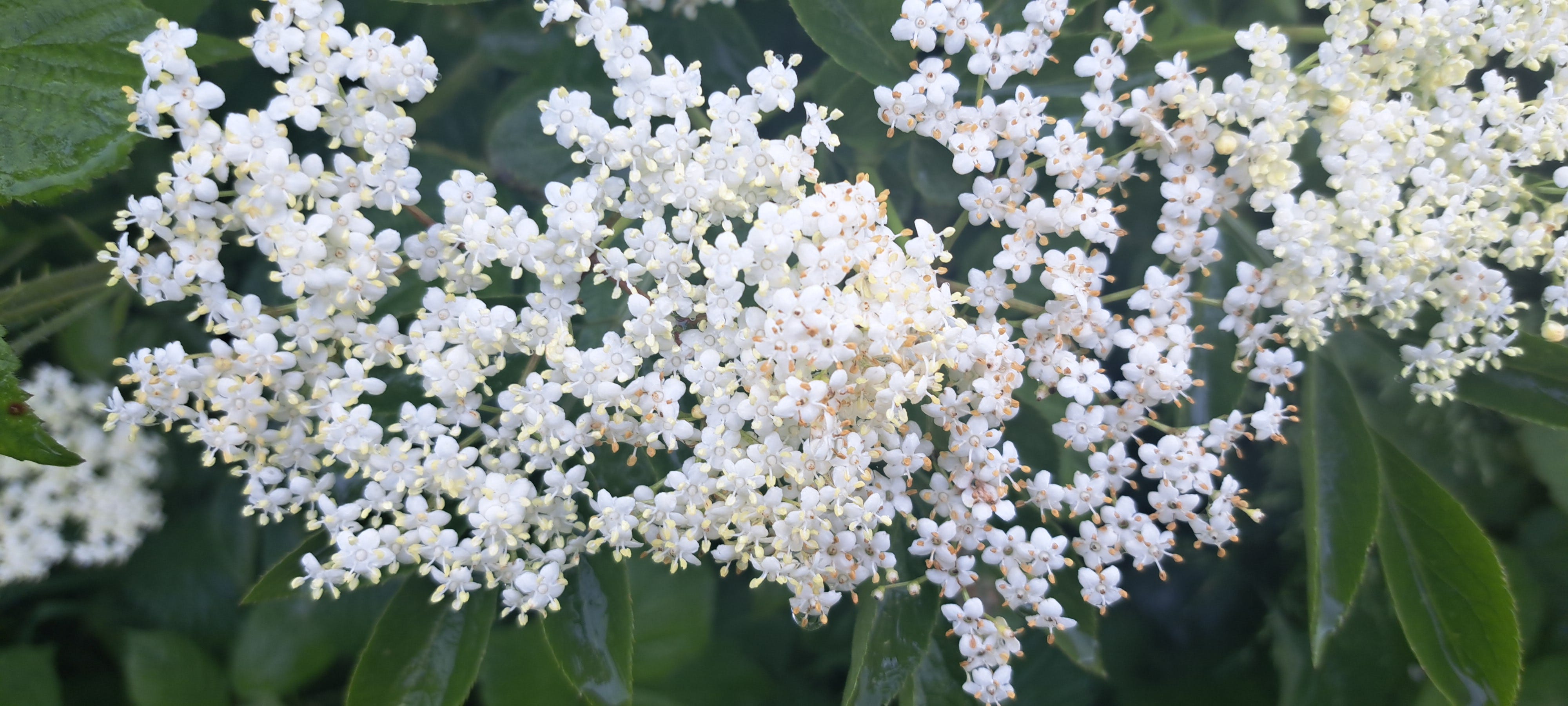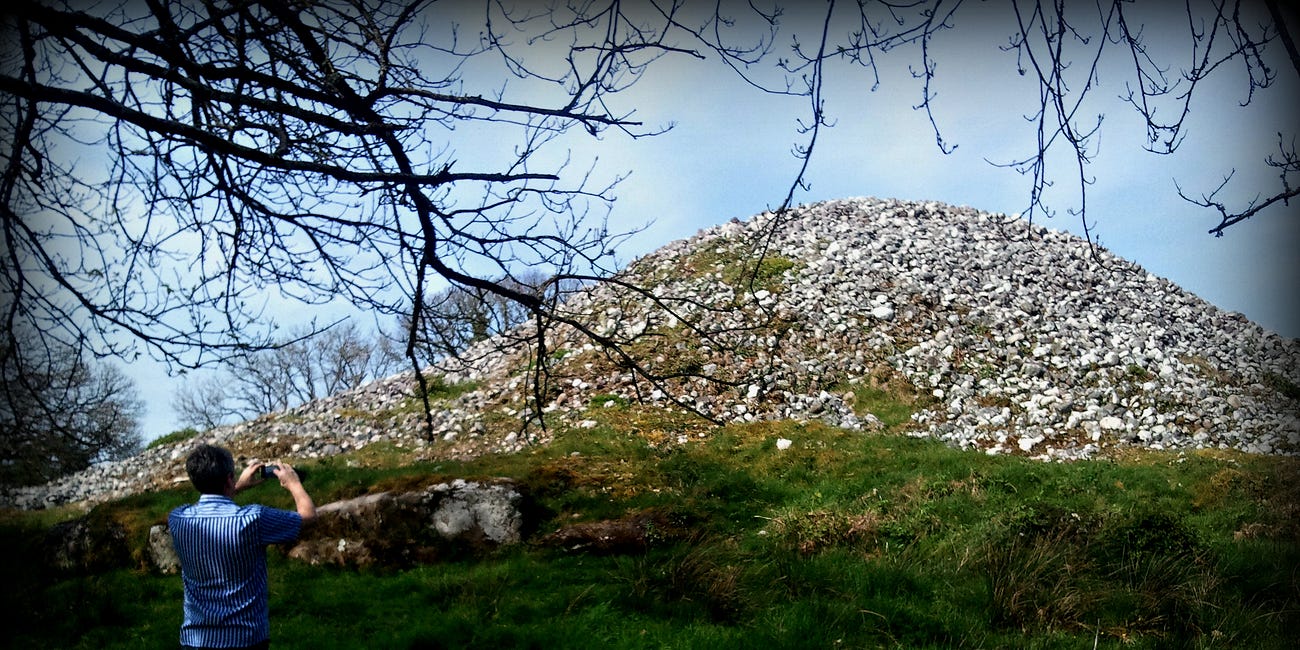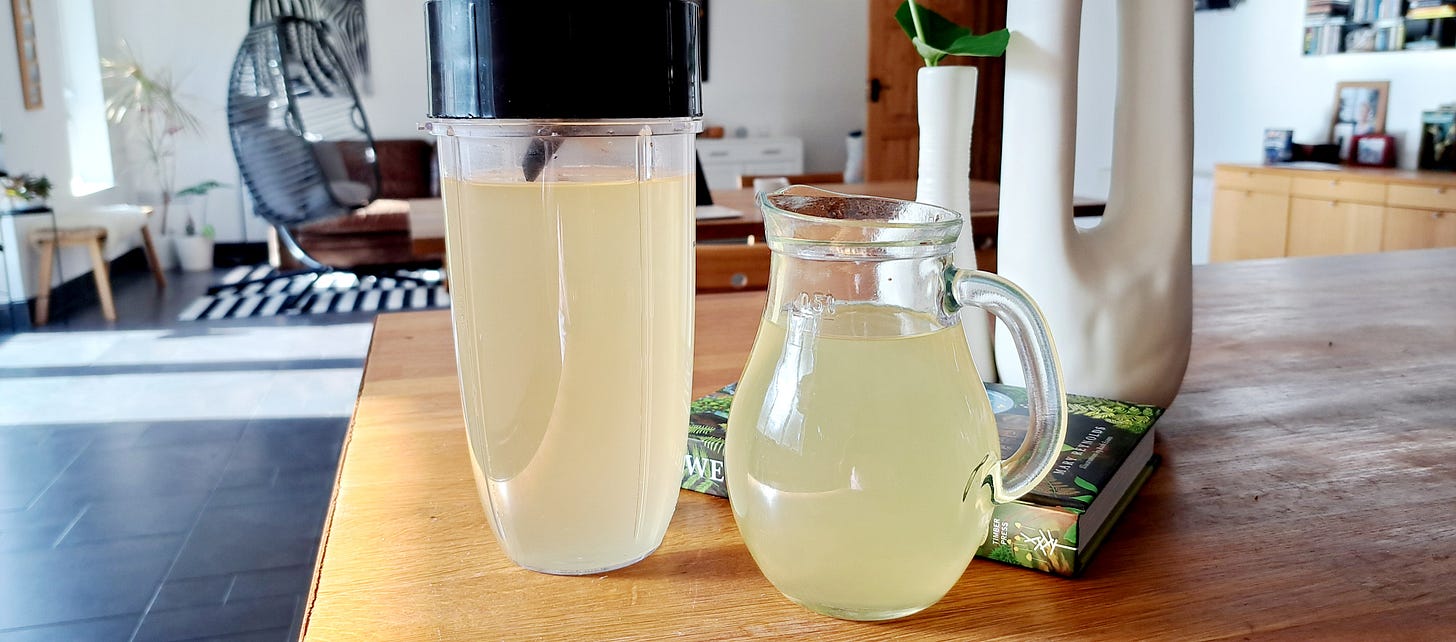My youngest son left home yesterday. He’s twenty, a young man, his own person, no longer my child. I have loved every stage of all of my offsprings’ development, never harking back with longing to their toddler years, or looking forward wonderingly to the next phase, whatever that might be. I realise now that I have rested in the moments as they occurred, and somehow, that feels important, as if I have given as much of myself as was possible to each moment, to the experience of simply being with my children.
Those years were not without difficulty, or financial hardship, but we made it through. Nor am I a doting parent, forsaking my own life to live through my child’s. I know I was fortunate, and privileged, and blessed, to be able to be a ‘stay-at-home mum’. But let me qualify that by adding it was only partially by choice; two of those children were born very sick, and needed round the clock nursing throughout their early years. And my youngest son was one of them.

He was born with Hirschsprungs Desease. This occurs when the nerves in the bowel that work to move food and waste through the digestive system are missing or non-functioning. He, and therefore I, spent most of his first year of life in and out of hospital. He had surgeries and an ileostomy, eventually followed by a successful reversal. He suffered from recurrent bouts of a life-threatening infection called entercolitis until he was eight years old. All this time, I refused to see how often or how close to death he came.
In raising him and Carys, my experience of motherhood has moved far beyond the strict narrow boundaries imposed and accepted by society. It’s a journey, I have found, that no-one wants to know, and yet, I have not travelled it alone; there are many mother-carers out there, meticulously isolated from each other. Support and solidarity would be life-changing for us, but no-one wants women to have that kind of power.
When you accompany your child through a serious illness, it hurts to watch them suffer knowing there is so little you can do for them. You feel guilt that your womb was never a safe haven for them, that your body wove defects into their genetics without you knowing. Doctors, friends, family tell you not to blame yourself, but its a platitude that does not make the recipient feel better. Instead, the invisible umbilical that joins child and mother grows stronger, longer, flexible like the willow, bending and stretching through the years instead of breaking.
When that child leaves home and starts out on their own, that umbilical is ready to break. That is the natural order. The child is no longer a child, but an adult starting out on their fully-fledged independent life, as is right and proper and healthy and normal. But that break opens up a wound that is only felt one way. The mother experiences pain, and grief, because now, a most important and fundamental part of her is gone.
Our children are a part of us; we say this, because a child is composed of the genetic material provided by both its parents. We know this. We feel this also on some deep internal unutterable level.
But when a child is born, it literally leaves behind part of itself in the mother’s body. Scientists call this process ‘foetal microchimerism’; during gestation, the marvelous placenta is not just passing nutrients to the baby and removing its waste; there is another exchange going on, too. The child is transferring some of its own cells to the mother. These migrate throughout her body, lodging in various tissues such as her brain and breast. No one knows exactly why this happens, or what these cells do, but they have been found to accumulate in the sites of wounds in mice, and have been discovered in the healed scars of C-sections in human mothers, giving rise to the belief that they may perform a healing function. 1
These cells live on in the mother for decades, perhaps all her life. They become a part of her. So her child remains a part of her, quite literally, after birth (and leaving home), healing her body, and perhaps the grief she feels at the severing of that invisible umbilical.
As I endure this parting, I find reassurance and beauty in this gift from my child, a gift he’s not even aware of bestowing. Nature could only be a Mother, right?
The Wise Elder
The experience of this physical life teaches us so much about what is really important. As a mother, I leaned a lot. As an evolving H A G, I am continuing to add to this body of knowledge. I have learned that my son, beneath the ‘tough guy’ persona he cultivates, is extremely sensitive. I have learned that he prefers to learn by doing, rather than by studying. I have learned that he acts on ‘what happens if I do this?’. I have learned that he navigates life by experiencing and owning his mistakes, rather than following advice. So I watch him go with trepidation, because I would prefer for him not to always learn the hard way, but I know I can’t stop him. Guidance would be seen as obstructive, not helpful.
When I was more or less his age, I married someone I thought I loved. It became very obvious soon after that I had made a mistake, but I knuckled down and worked at the marriage for seven years. Inevitably, I left him, because it takes two to make a relationship work, not one. I learned that the hard way. I can still remember the feeling of shock when my mother said to me, “I knew he wasn’t the right man for you.” When I asked why she waited until after the separation to tell me this, she replied with a question: “Would you have listened?”
Of course I wouldn’t. I was young and arrogant, thought I knew it all. We would probably just have had a row, which would have made everything worse.
So in letting my son go, I follow my own mother’s wisdom, the wisdom of the Elder. And while my son’s foetal cells get to work healing my parental pain, I turn to another wise Elder that is blooming prolifically right now. Sambucas Nigra.
Whenever I feel upset, heading out into the outdoors always soothes me. Although it was raining, I decided to go and check on the elder trees a few minutes walk down the road. I knew they were budding, and I didn’t want to miss the blossoms, because they don’t actually bloom for very long.
Lately, we’ve been buying elderflower cordial for Carys, and she swigs it back like there’s no tomorrow, so I really wanted to catch the blossoms this year and make a batch of home-made cordial for her.
I suspect the Elder was once highly revered by pagans due to the fact that it has been so maligned in Christian tradition. According to Sandra Lawrence, the Elder has been “cursed into a malformed shadow for its part in the Crucifixion” - it was apparrently Elder wood that was chosen for the cross - “[i]t stank from the bodies of criminals, invisible witches and fairies rode in its branches… if [anyone] fell asleep [under an Elder] they would never wake up”, and it could be used on Christmas Eve to reveal all the witches in the neighbourhood. 2
Lawrence claimed that the Church “needed to obliterate earlier, older mythologies that revered the Elder as one of the most important trees in the sacred grove”. 3
Why would this have been so important to the Church? Lawrence does not explain further, but I have my own theories. The Elder was considered a powerful healing plant, and healing was the domain of the wise-woman, the hag or witch. We are straying back into the realms of my March 2023 post - Wise-Woman or Witch? - where I discuss the work of Geróid Ó Crualaoich and Sylvia Federici on the dismantling of female power during the early modern period and into the nineteenth century. Click below to read it, if you haven’t already. Was the Elder associated with the wise-woman elder, the H A G, the witch, the Cailleach, who knew how to control its power?
March: Wise-Woman or Witch?
The witch, "a healer and practitioner of various forms of magic that made her popular in the community... signaled her as a danger to the local and national power structure in its warfare against every form of popular power", Federici claims. According to Ó Crualaoich, the healing woman is most often portrayed as being a lone older woman who has knowledge of the local landscape and all that grows in it or moves upon it. She is the physical manifestation of the Cailleach on earth.
Such women were impoverished and denigrated by the new and emerging world order of capitalism and science; in fact, they were tortured and killed for their ‘loose morals’, consorting with ‘the devil’, their medical ministrations diminished or described as ‘dark arts’. Their punishment was a lesson to all women who might think to stray from the subservient role desired by state and church. The Cailleach was the antithesis to this new female role model, and as such, she had no place in the written record. She lived on in vernacular culture, however.
How the Elder Helps Humans
Traditionally, all parts of the Elder have been used throughout history for medicinal and nutritional purposes. In the spring, it forms clusters of white, highly scented flowers which can be used, along with the leaves, to relieve pain, swelling, inflammation, as a diuretic, and to induce sweating. The bark was also used as a diuretic, a laxative, and to induce vomiting. In the late summer, tiny clusters of purple-black berries are produced. These are quite sour, but packed with nutrients, and are used to treat colds, coughs and flu, infections, sciatica, headaches, dental pain, heart pain, and nerve pain. So you can see, it is a really useful and helpful plant ally.
However, all parts of the plant except its flowers contain toxins including lectins and cyanogenic glycosides which can be harmful to human health; symptoms of poisoning include nausea, vomiting, and diarrhea. So you can see why wise-women who used this plant in their healing practices might have been considered as witches. Fortunately, cooking destroys the toxins and makes the berries safe to eat, but I would be careful when consuming either berries or flowers that you take care to avoid the stalks. 4
Once, we would all have possessed a little rudimentary every-day healing and herbal knowledge. I am not a herbalist, and cannot recommend how to use this, or any other plant, to heal ailments, but you can use the flowers, as I did, to make a really refreshing cordial, or you can immerse some flowers in boiled water to make tea. Last year, in the woods, we ate Elderflower Fritters, which were delicious! Elderflower is full of antioxidants, which makes it really good for skincare, so I have dried some to infuse in oils later.
The berries can be cooked into pies, jams and chutneys. Last autumn, I didn’t know where the Elder trees were near me; I only found one and managed to gather only a handful of berries, which I infused in gin to make a refreshing and colourful cocktail. This autumn, I am looking forward to a much improved Elderberry haul and plan to make a lovely immune-boosting syrup to help fight off coughs and colds during the winter.
H A G-Wise 4: What is a life worth?
It’s 4am on a Sunday morning. I have been awake for an hour, and I have enough experience of this now to know I can’t fight it. So here I sit in my dark-dappled kitchen, cup of fennel tea on my right, phone and Braiding Sweetgrass on my left. I light a candle; I have been lighting a lot of candles lately, a way, perhaps, of bringing some light into the darkness that is spreading across the planet, a vigil for hope. With that tender flame flickering, I am ready to spin a web of thoughts into some kind of coherence.
How to Make Elderflower Syrup
I gathered about 40 clusters of Elderflowers, and used about 30 in my cordial. Don’t shake or rinse the flowers to remove any bugs, as many recipes recommend; you will lose all that lovely pollen which is what gives the cordial its delicious scent and flavour. Just pick any creepy-crawlies off by hand. Use the flowers as soon as possible after picking so they are at their freshest and most flavourful.
I heated about 1500mls of filtered water in a large pan with 700g of caster sugar. Sounds like a lot of sugar, but this was much less than most recipes! Next time, I may try to make a sugar-free version. When the sugar was dissolved, I turned off the heat.
Next, I added the juice of one organic unwaxed lemon to the pan, then threw in two more, sliced.
Then I added the flowers, heads down, with stalks sticking up out of the water. I covered the pan with a thick teatowel and left it to infuse for 24 hours, mashing down the flowers regularly with a wooden spoon. Some recipes suggest infusing for up to 5 days. It’s up to you. I was too impatient.
I then strained the liquid through a double layer cotton bag (they are for making almond milk really, but worked well for this project), squeezing the mixture to extract as much of the goodness as possible. At that point, I realised I had no bottles to bottle the cordial in! So I found temporary vessels for now. Keep in the fridge, or freeze until required.
Dilute with still or sparkling water to taste. I added mine to tonic and ice. You can also splash a bit into your prosecco or G&T, drizzle over ice cream, or bake into your sponge cakes. It really is delicious and refreshing!
And by the time all this was done, I felt my heart lifting. Working with the Elder truly is a healing process, for which I am very grateful. A phonecall and a text from my boy helped, too.



Sandra Lawrence. Witch’s Garden - Plants in Folklore, Magic and Traditional Medicine, Welbeck, 2020.
Ibid.
If you want to know more about the science behind the health benefits and uses of Elder, you could start with Healthline, whom I find reliable.











Kelly, it's so hard letting go, isn't it? My eldest is starting his final year of college in September in Dublin, and although I miss him when he's away, he's sensible, and I know he'll be ok. . My youngest rushes into things, he's stubborn and headstrong, but also vulnerable, he's the one I worry about. Having been through uni so recently myself, I realise that the college environment is a fairly safe space for young people to develop into independent adults. Of course they're going to experiment just as they would if they were still at home, but they still have a layer of protection at college they wouldn't have if they were going straight out into the big wide world. That's what I wanted for my youngest, what he needed, but now he doesn't have that. Your eldest does though, I hope that reassures you a little. It will be so exciting for them, they will have no idea how their mothers hearts are breaking! It is a big change for everyone, your other boys who are still at home too. Hugs to you! And solidarity! 💕
I love all your posts but this one struck home. Raising children is a blessing, which sometimes you don't recognize. My son had ADHD at a time when few schools recognized it. So my husband and I did some research and found local resources to help, then helped train his teachers in what to do. We also found a school where he could attend half-day where the curriculum was structured for kids with ADHD. He did well in school and got into college, but I think the lack of structure there was a barrier to his learning, so he joined the Army and had a successful career. Your children are always your children.